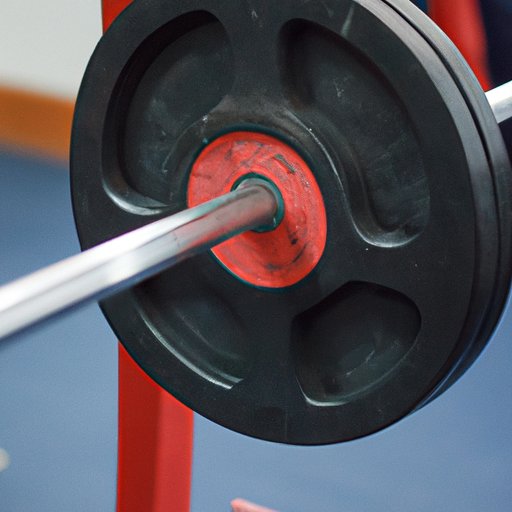
Hex Bar Weight: Everything You Need to Know
Weight lifting can be a great way to improve strength and endurance, and the hex bar has become a popular piece of equipment for those looking to do just that. The hex bar is a specialized type of barbell that features a hexagonal shape, making it easier and more comfortable to lift from a variety of angles. If you’re new to weightlifting or simply interested in learning more about this equipment, understanding hex bar weight is a crucial first step. This article will provide a complete guide to hex bar weight, so you can make informed choices as you build your fitness routine.
The Ultimate Guide to Hex Bar Weight: How Much Should You Lift?
One of the most important aspects of weightlifting is choosing the right weight for your abilities. Lifting too much weight can lead to injury, while lifting too little weight won’t provide a sufficient challenge to your muscles. When it comes to hex bar weight, the right amount can vary widely based on your fitness goals and current level of strength.
To determine how much weight you should lift using the hex bar, it’s helpful to work with a trainer or other experienced weightlifter. They can help you assess your current abilities and develop a plan for gradually increasing weight as you build strength.
As a general rule, those who are new to weightlifting should start with lighter weights, focusing first on perfecting their form and technique. From there, weight can be gradually added as strength improves. Always be sure to listen to your body and stop lifting if you experience pain or discomfort.
How to Calculate Hex Bar Weight: Tips for Beginners
If you’re new to weightlifting, calculating hex bar weight can seem daunting. Fortunately, it’s a straightforward process once you understand the basics. To calculate the weight of the hex bar, you’ll need to take into account both the weight of the bar itself and the weight of any plates you add to it.
First, determine the weight of the hex bar. Standard hex bars typically weigh between 35 and 45 pounds, while smaller and larger bars are also available. Next, add weight plates to each side of the bar to reach your desired weight. Most weight plates come in standard sizes, including 2.5, 5, 10, 25, and 45 pounds. Keep in mind that the total weight of the bar and plates should not exceed your current abilities.
If you’re feeling unsure about how much weight to add, it’s always better to err on the side of caution and start with less weight than you think you can handle. You can always add more weight later as your strength improves.
Get to Know the Weight of a Hex Bar – The Importance of Understanding this Equipment
Understanding the weight of the hex bar is crucial for a safe and effective weightlifting routine. When you’re lifting weights, you’re asking your body to perform a challenging task. It’s important to make sure that the equipment you’re using is properly calibrated to ensure that you’re getting an accurate and consistent workout.
The weight of the hex bar can also impact your form and technique. If the weight of the bar is not evenly distributed, it can lead to an unbalanced lift, putting unnecessary strain on your muscles and joints. Properly understanding and using the hex bar will help you maintain proper form and reduce your risk of injury.
Comparing Hex Bar Weight to Other Barbells – Which is the Best Choice for Your Fitness Goals?
While the hex bar has a number of benefits for weightlifting, it’s not the only type of barbell available. Traditional straight barbells are also popular, and each type has its own pros and cons.
The hex bar is often seen as a safer and more versatile option, as it allows for a variety of exercises and can reduce strain on the lower back. Straight barbells are often used for more specialized training, such as powerlifting or Olympic weightlifting.
When deciding which type of barbell to use for your fitness goals, it’s important to consider your own abilities, preferences, and fitness goals. Working with a trainer or experienced weightlifter can also be helpful in determining the best approach for you.
Conclusion
The hex bar is a valuable piece of equipment for anyone interested in weightlifting. Understanding hex bar weight is an important first step in making the most of this equipment and achieving your fitness goals. Whether you’re a seasoned pro or just starting out, taking the time to learn more about the benefits and proper use of the hex bar will help you build a safe and effective weightlifting routine.




